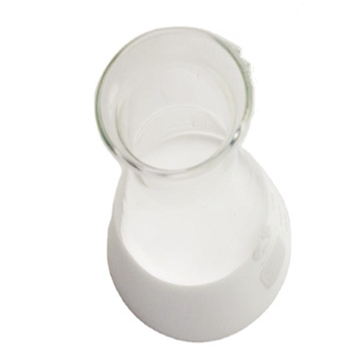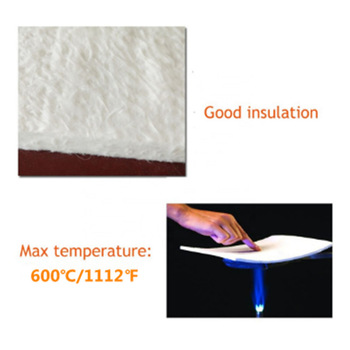Professional solutions on concrete addtives, Concrete Foaming Agent, Superplasticizer, CLC Blocks Additives, and foaming machine
(Does water reducer weaken concrete)
What is Water Reducing?
Water Reducing: High-range water reducers are polymeric dispersants that are added in small amounts to concrete. In the 1980s, polycarboxylate superplasticizers (PC) were introduced as a new generation of concrete admixtures. Generally, PCs are composed of lateral polyethylene oxide (PEO) side chains grafted onto an anionic polymer backbone. Polycarboxylate superplasticizers are effective at lower dosages, and specific molecular structures provide excellent slump retention. Polycarboxylate-type superplasticizers are very efficient in the formulation of high-performance concrete due to their excellent water-reducing capacity. Normal water-reducing admixtures are typically used in the range of 0.2 to 0.6% by weight of cement and give water reductions of 8 to 12%. Mid-range water-reducing admixtures are used at 0.3 to 0.8% by weight of cement and typically give 10 to 15% water reduction. High-range water reducers may serve the purpose of increasing strength through a reduction in the water-cement ratio while maintaining an equal slump, increasing slump while maintaining an equal water-cement ratio, or a combination thereof. It declines concrete permeability and increases its durability. Superplasticizers (SPs), also known as high-range water reducers, are additives used for making high-strength concrete or to place self-compacting concrete. Concrete is a composite material in which aggregate grains are bound by hydrated cement paste. Such concrete does not reach the optimum properties it could have if it was produced as a more compact material. This is why water-reducing admixtures are of interest. What are water-reducing admixtures? Water-reducing admixtures consist of chemicals that aim to reduce the water-to-cement ratio in concrete. As a result, they increase strength while minimizing their impact on other concrete properties.
Does water reducer weaken concrete?
WRAs improve concrete durability by lowering the water/cementitious ratio, reducing permeability, increasing air content, and creating a concrete mix with improved workability. Water-reducing admixtures have other effects on concrete mixes. For example, they can increase the rate of slump loss in freshly mixed concrete. Water reducers can also increase the drying shrinkage of concrete. Pumping concrete with a naphthalene-based water reducer and polycarboxylate-based water reducer is mainly used in the western concrete engineering of the JinpingII hydropower station. There are some issues: the naphthalene-based concrete mixing has a big slump loss, and it takes a long time for condensation to block the pumping concrete tube. The polycarboxylate-based brings too many air bubbles, which affects the quality and appearance of the concrete. The influences of the water reducers on concrete were proved and the future trend was also discussed. By adding admixtures, the durability of concrete with different gelled materials was also analyzed. However, there are few comparative analyses on the performance of pumping concrete of both naphthalene-based and polycarboxylate-based water reducers. Hence, it is necessary to study the influence of these two water reducers in engineering practice. Recommended Dosage Rate: 4 to 32 fluid oz. Per 100 lbs of cement (250 to 2,000 mL per 100 kg). This is equivalent to a dosage range of 0.25% to 2.0% of cement weight. Test material and engineering field are the same. The cement is “E·sheng” P·O42.5, which meets the requirements of the specification and the engineering design requirements on the performance indicators. The fly ash is “MingchuanII” by Guizhou province, which also meets the specification requirements on chemical composition and physical properties. The inspection indexes meet the requirements of the engineering project for class II fly ash, except for ignition loss. The indexes of artificial sand and gravel meet the specification requirements.
What is water reducer made of?
The first class of water reducers was the lignosulfonates, which have been used since the 1930s. These inexpensive products were derived from the wood and paper industry but are now advantageously replaced by other synthetic sulfonate and polycarboxylate, also known as superplasticizers. Sika® Retarder-22 is a phosphate-based liquid admixture that slows the cement hydration, delaying the initial set in direct proportion to the dosage used. This is where water pools on the surface of the drying concrete, which can lead to spalling and cracking on the surface. Not only will this hinder the strength of the concrete, but it will also result in a poor-looking final product. Research and manufacturing have paid sulfur close attention as a cathode material for lithium-sulfur batteries (LSB) in recent decades because it has high specific capacity and low cost. However, the low utilization of active materials and serious shuttle phenomenon inhibit its commercialization process. In this work, for the first time, water reducers are reported as multifunctional binders to address the above problems to enhance the performance of LSB. Due to the synthetic actions of the water reducer binder, such as highly dispersing effect and good chemical trapping function, commercial sulfur powders are directly used as cathodes, and much better electrochemical performance compared to using the conventional binder polyvinylidene fluoride (PVDF) was obtained, among which the sulfur cathode with sulfonated melamine formaldehyde (SMF) water reducer binder exhibits a high reversible capacity of 625.5 mA·h·g–1 after 200 cycles at 1 C and the cathode with polycarboxylic acid (PC) water reducer binder even demonstrates a high area specific capacity of 5 mA·h·cm–2 at high sulfur loading of 5 mg·cm–2. These low-cost water reducers are a promising binder for LSB in the future.
Price of Water reducer
Water reducer particle size and purity will affect the product's Price, and the purchase volume can also affect the cost of Water reducer. A large amount of large amount will be lower. The Price of Water reducer is on our company's official website.
Water reducer supplier
Luoyang Tongrun Nano Technology Co. Ltd. (TRUNNANO) Luoyang City, Henan Province, China, is a reliable and high-quality global chemical material supplier and manufacturer. It has more than 12 years of experience providing ultra-high quality chemicals and nanotechnology materials, including Water reducer, nitride powder, graphite powder, sulfide powder, and 3D printing powder. If you are looking for high-quality concrete additives, please feel free to contact us and send an inquiry. (sales@cabr-concrete.com). We accept payment via Credit Card, T/T, West Union, and Paypal. TRUNNANO will ship the goods to customers overseas through FedEx, DHL, by air, or by sea.
(Does water reducer weaken concrete)








